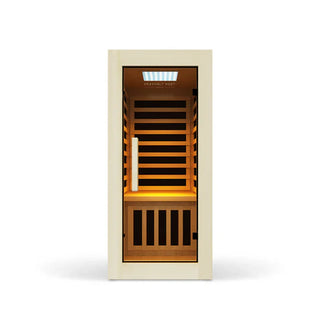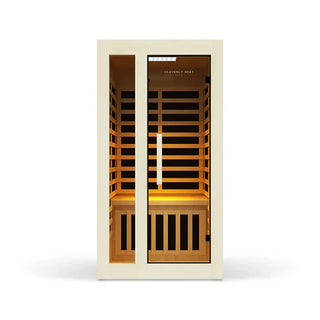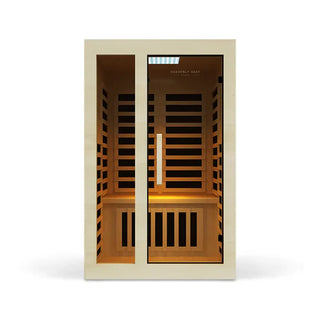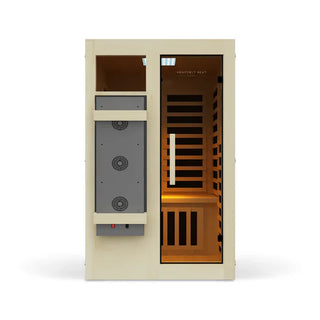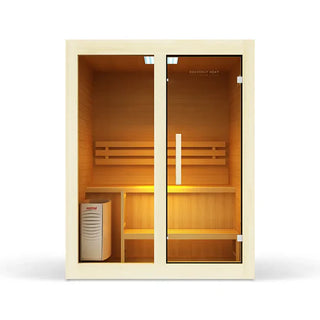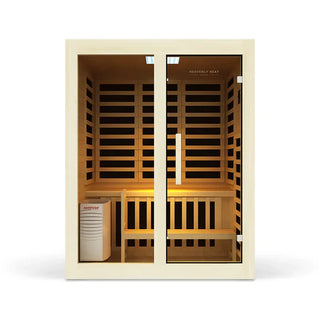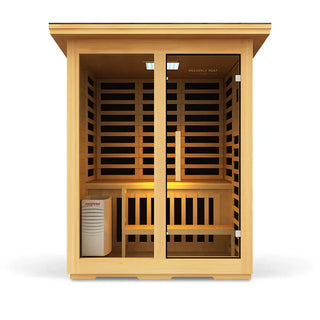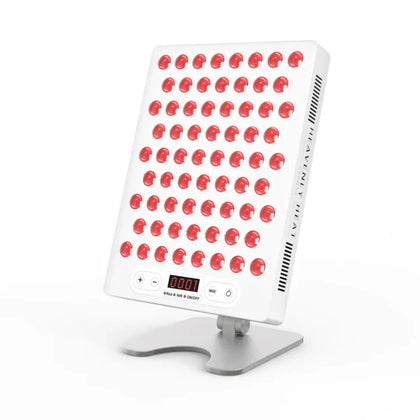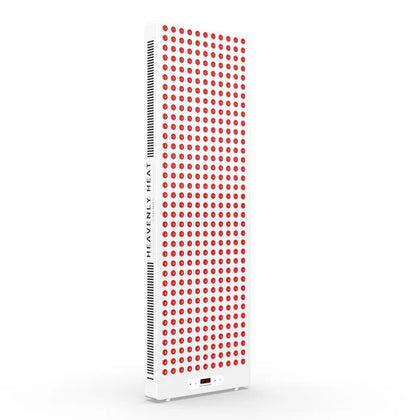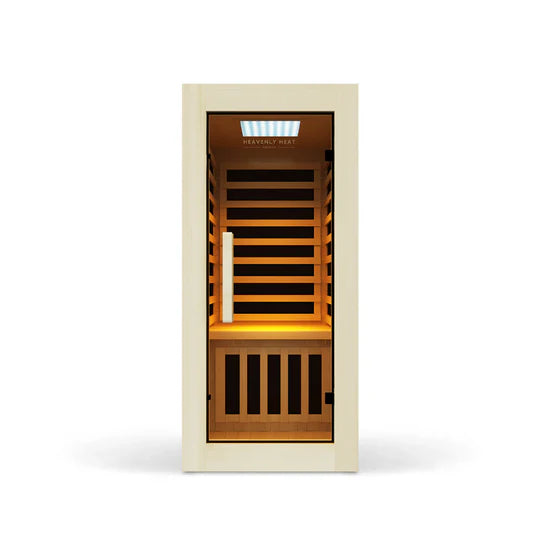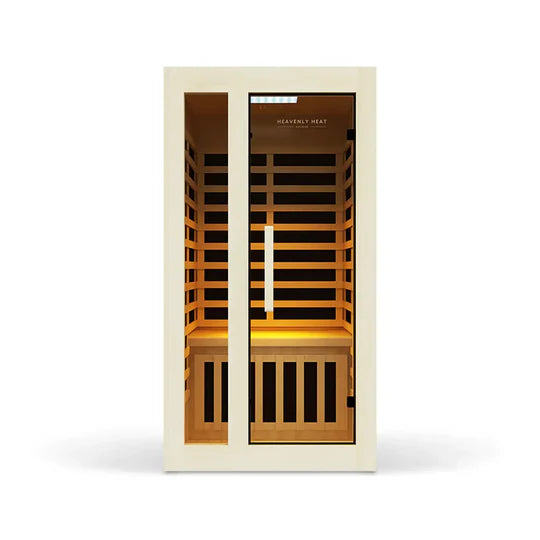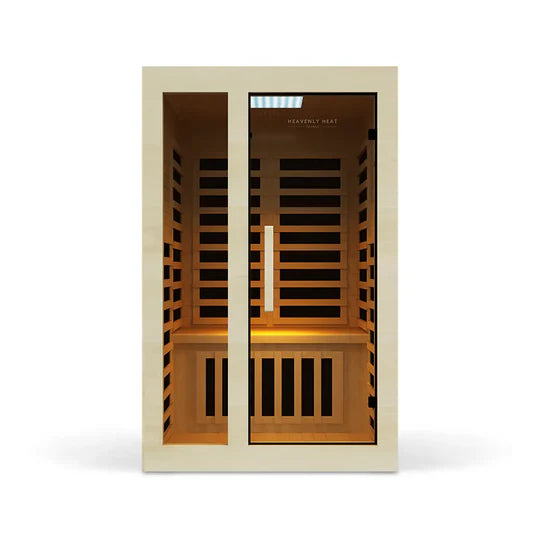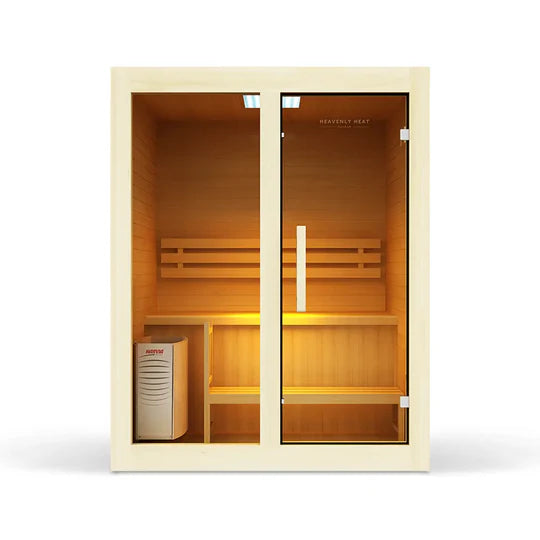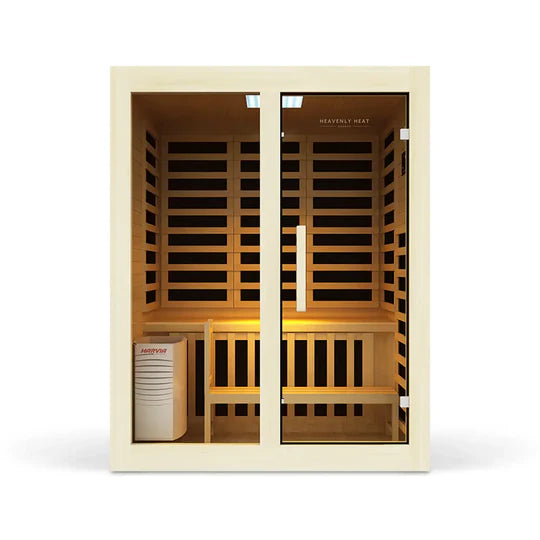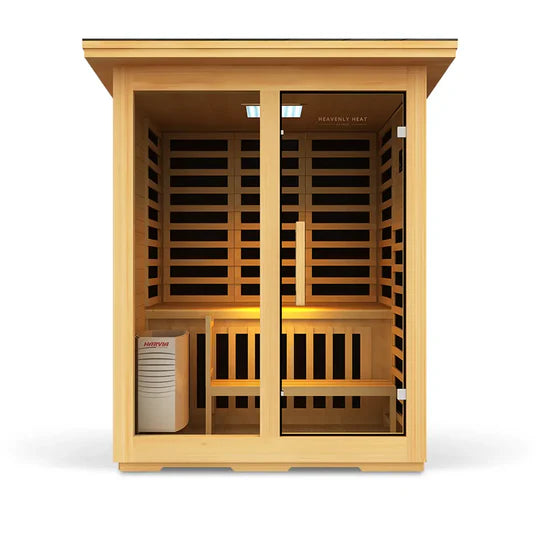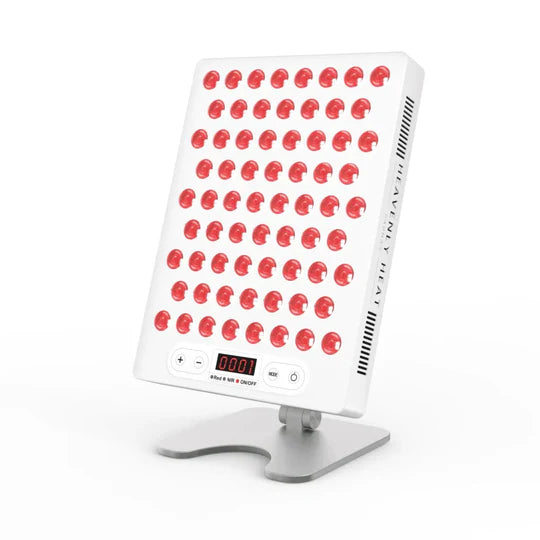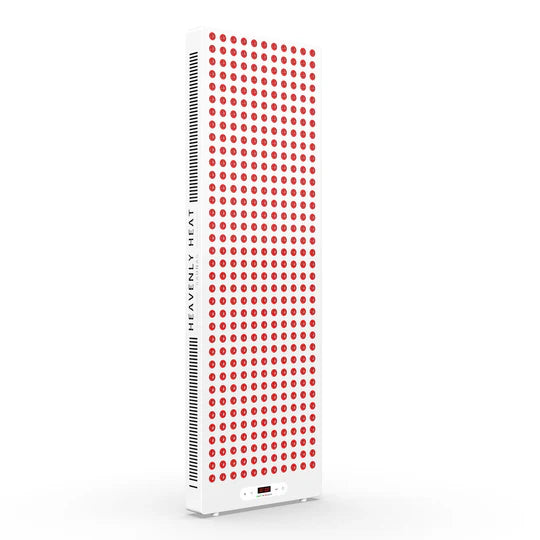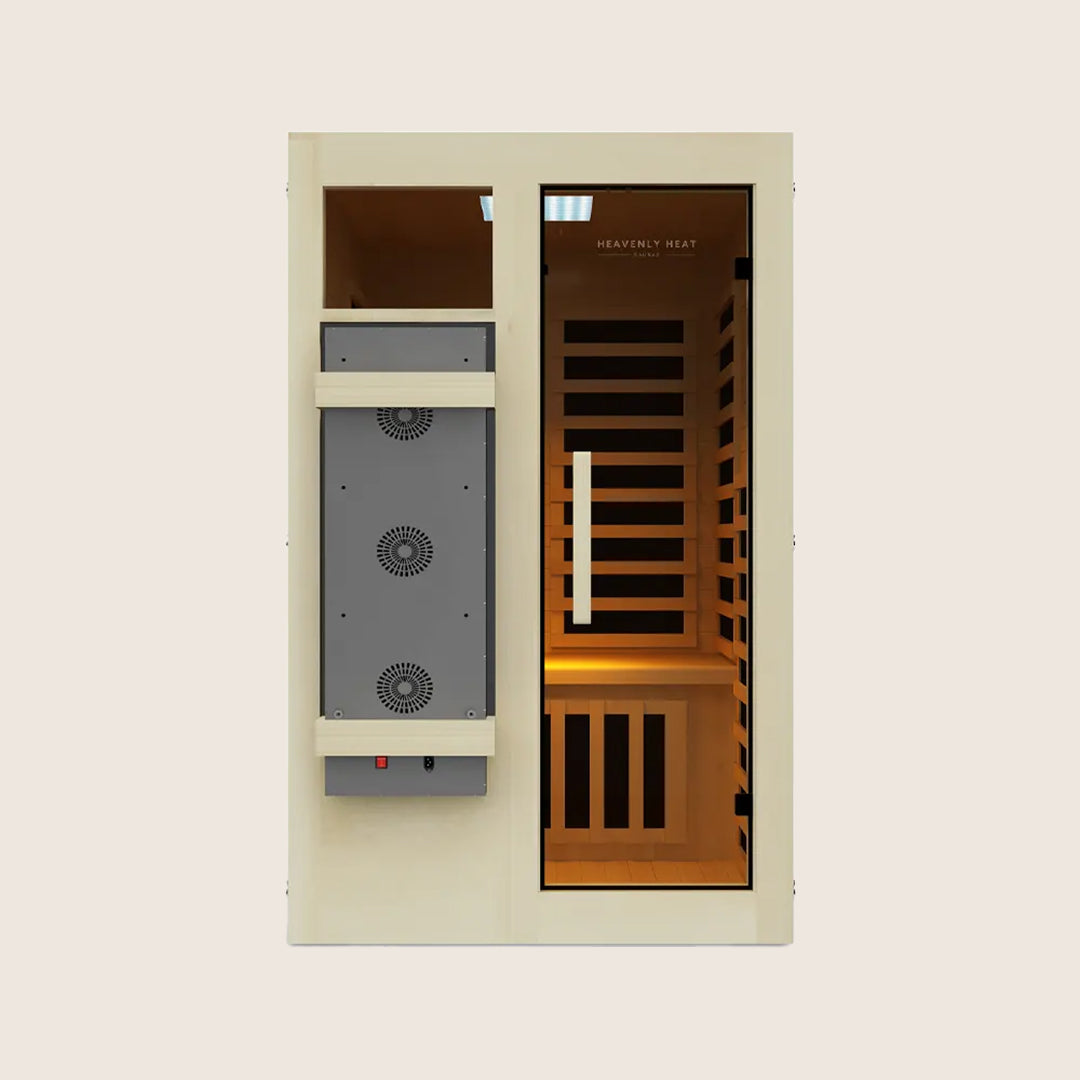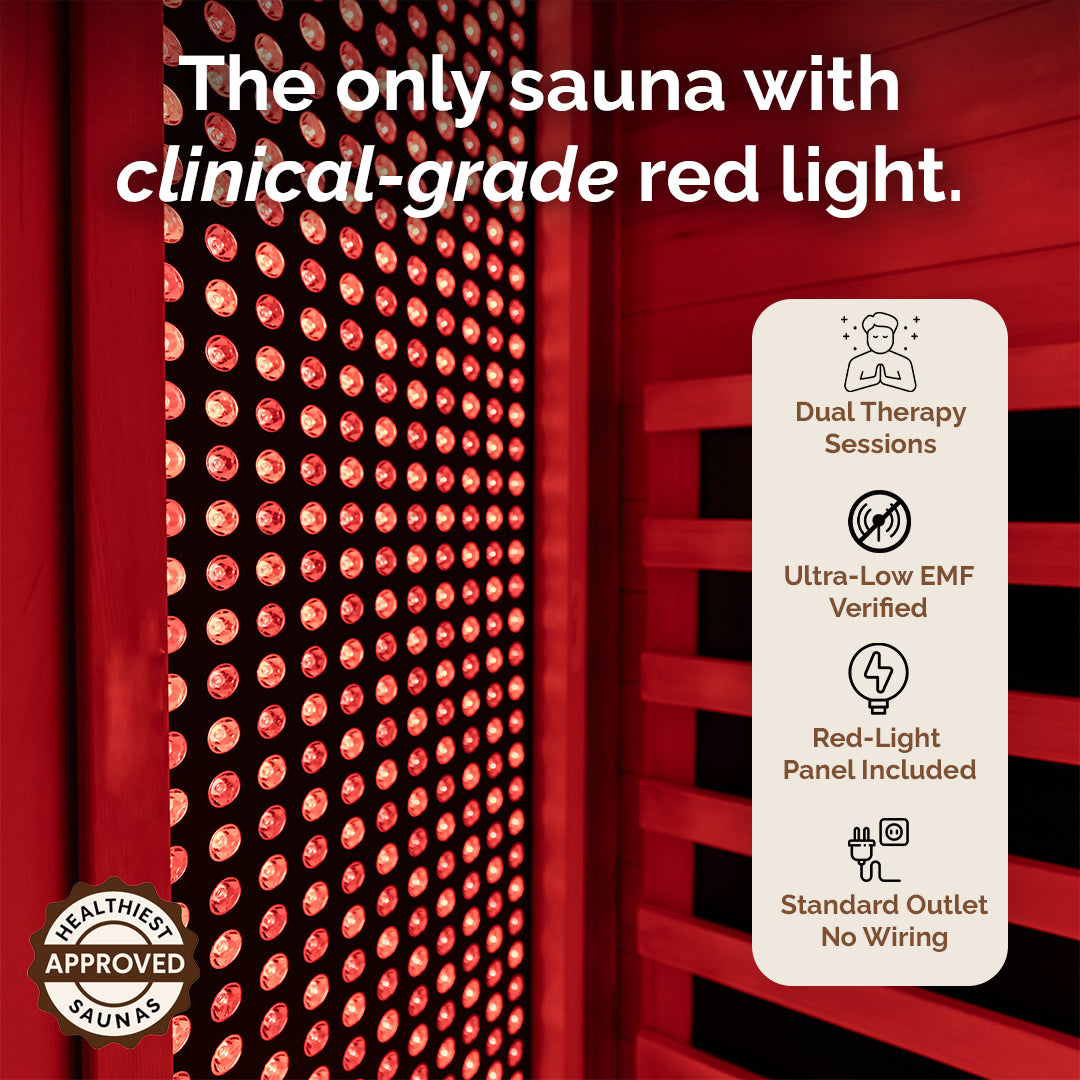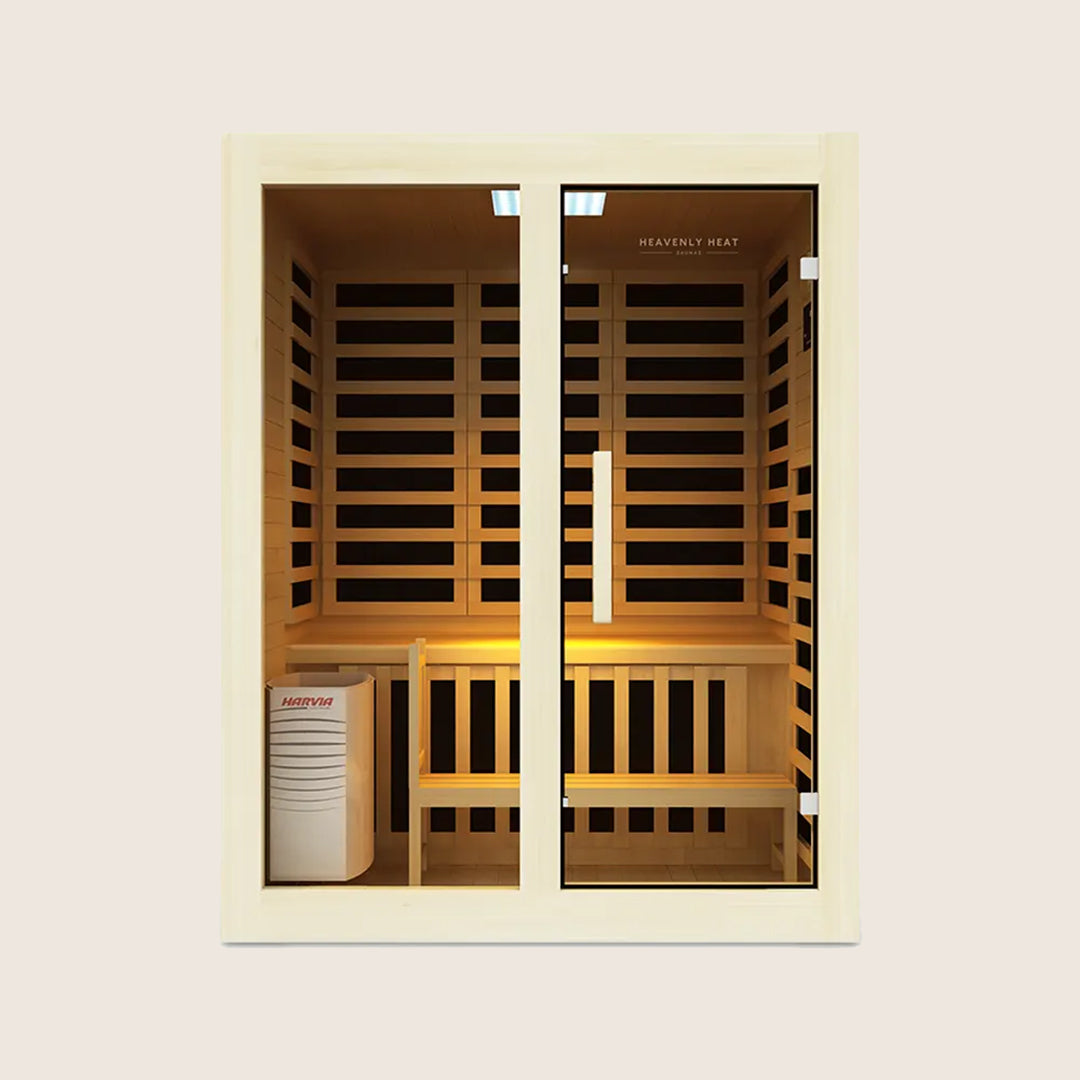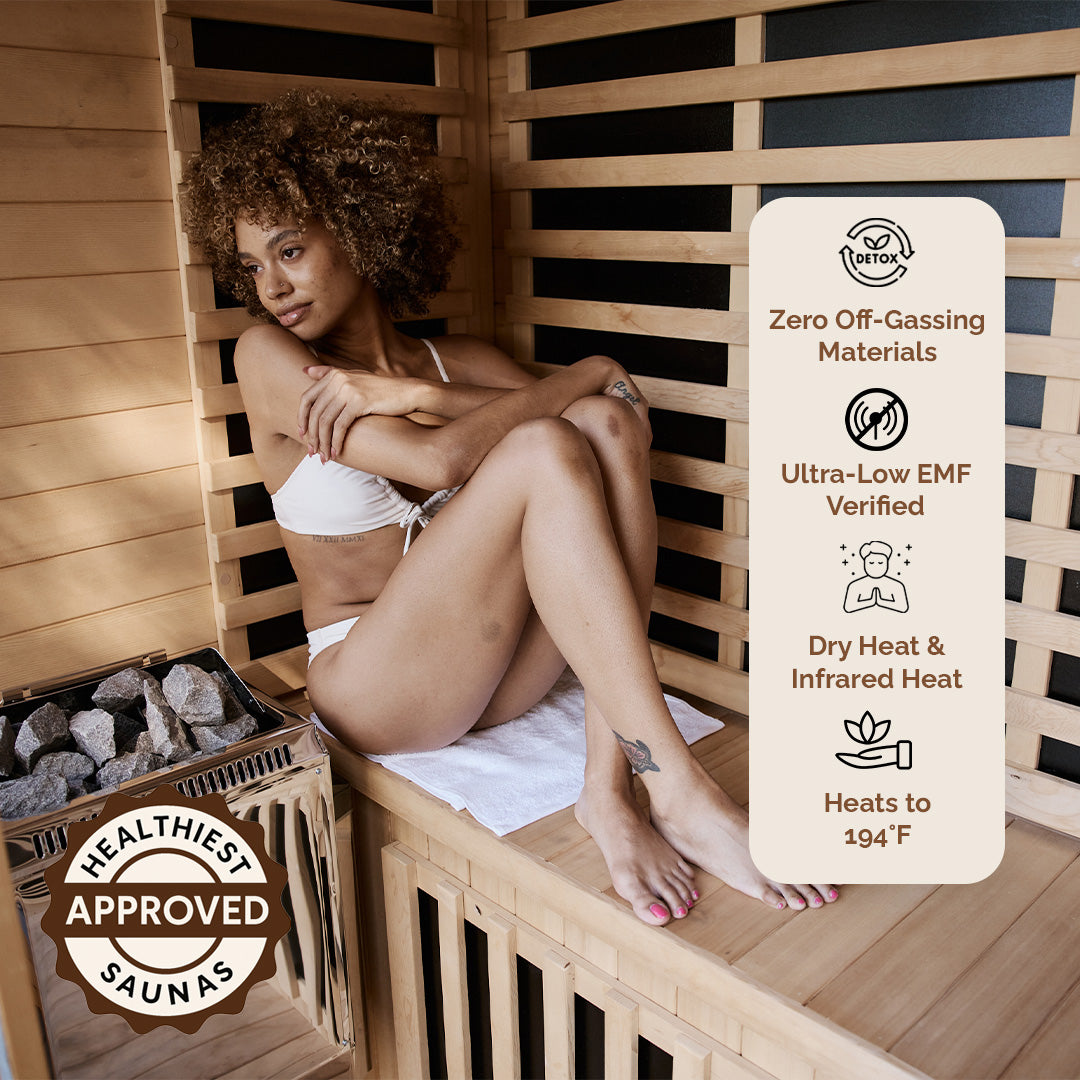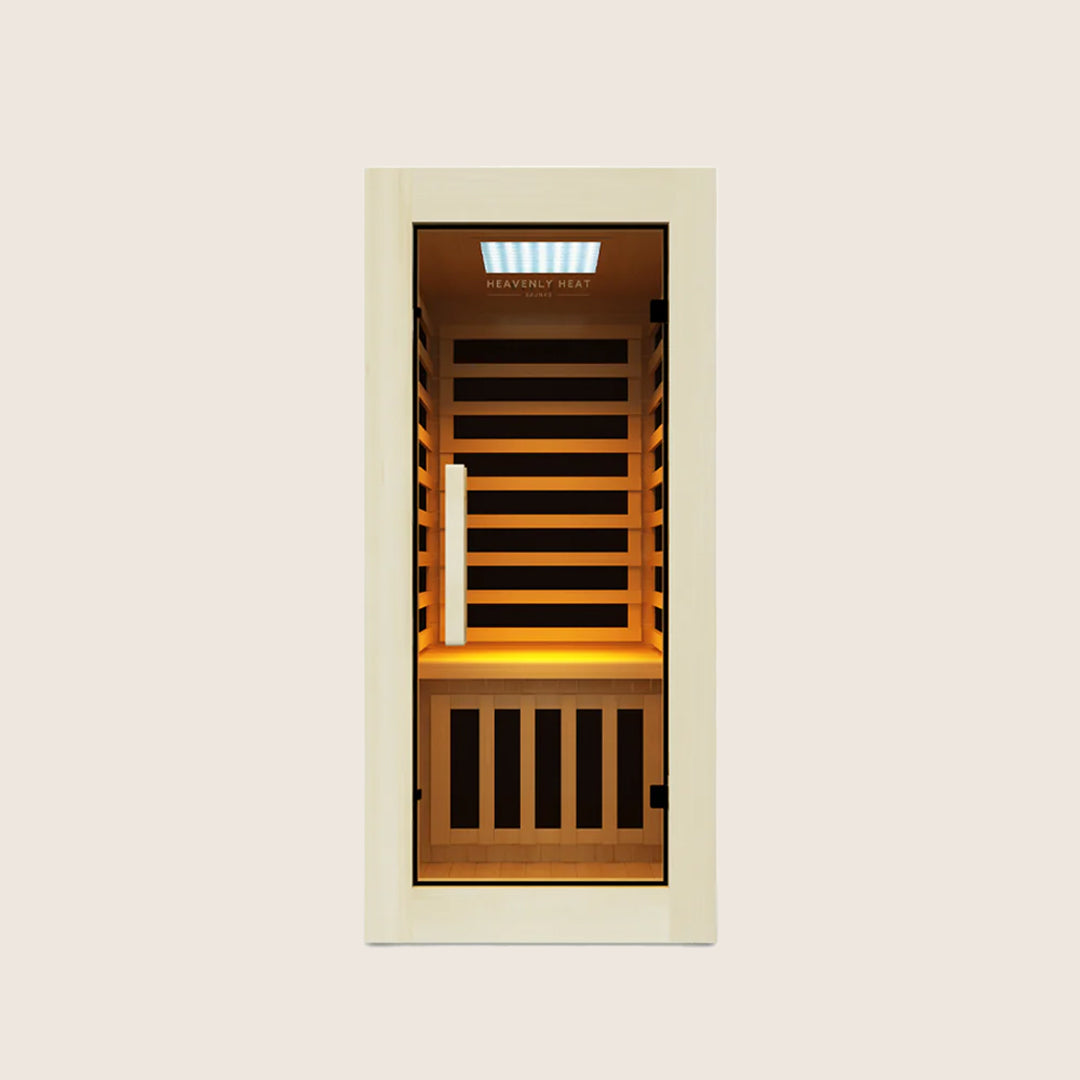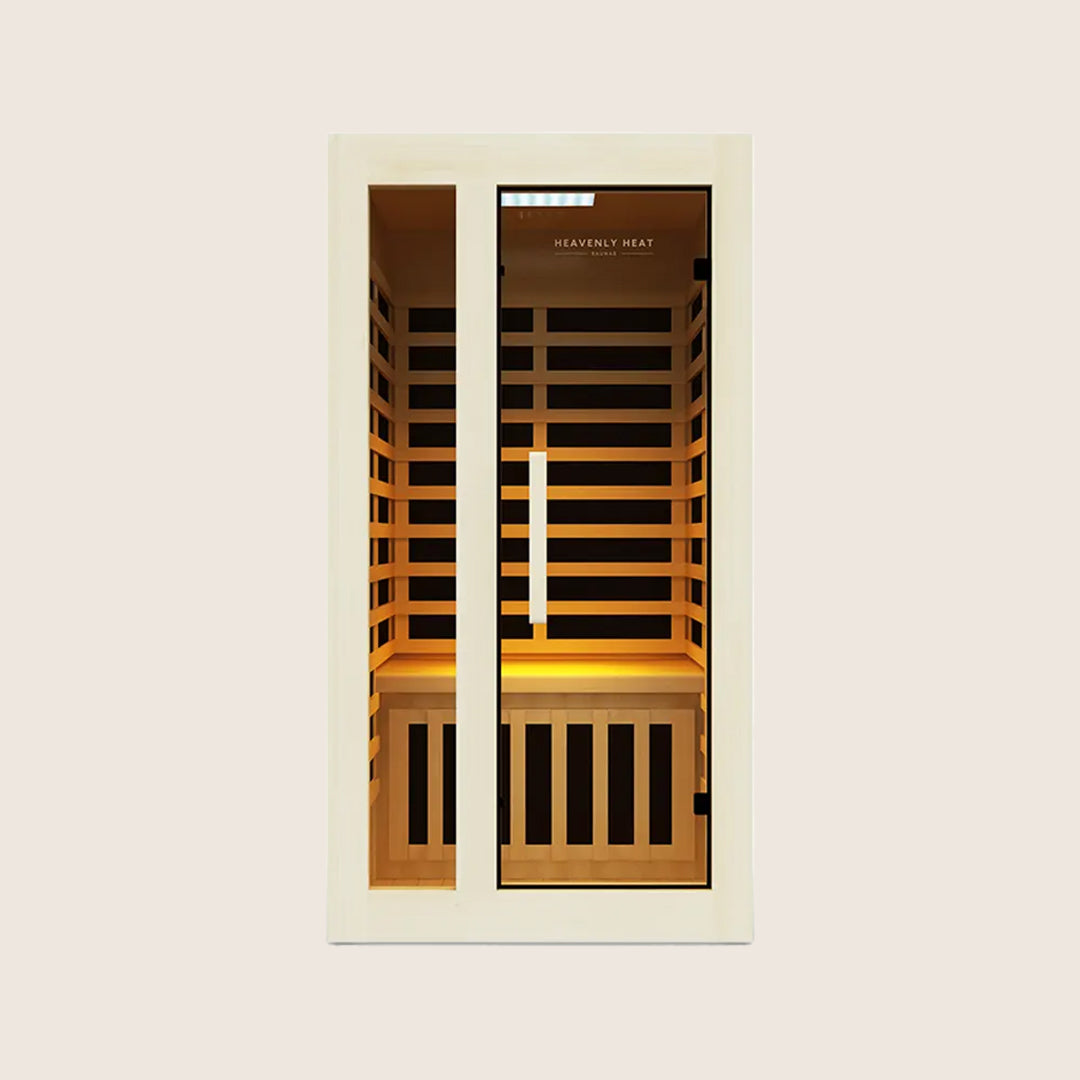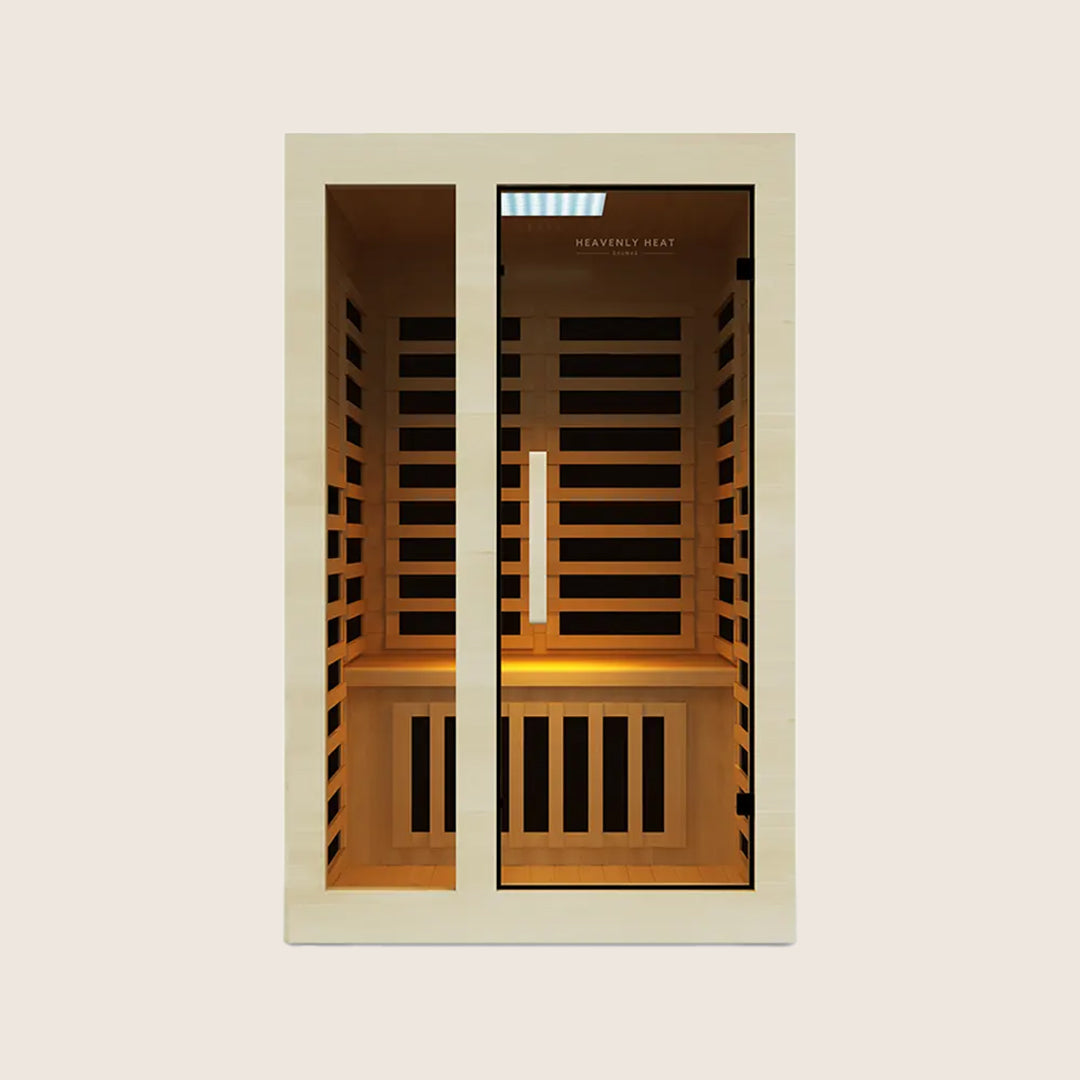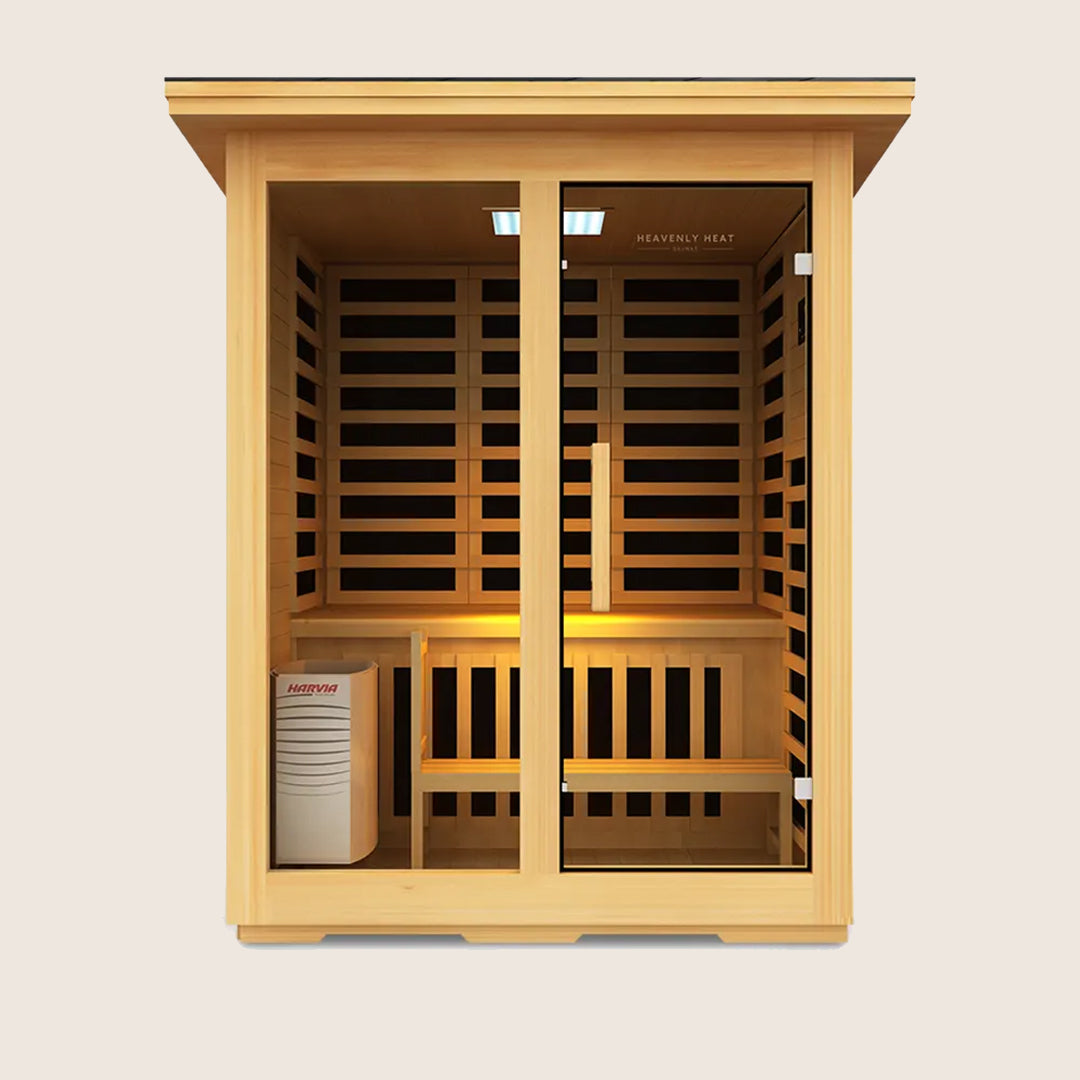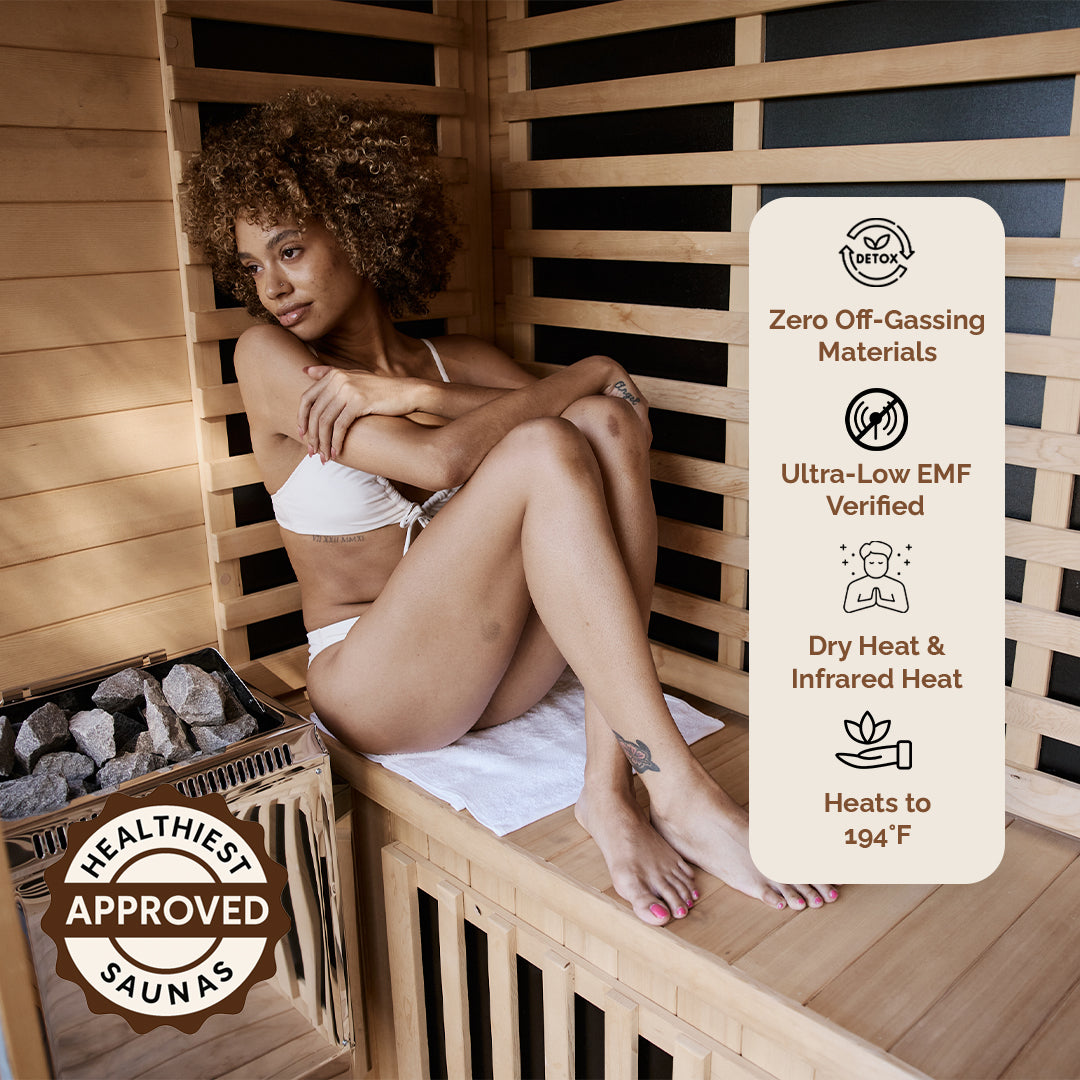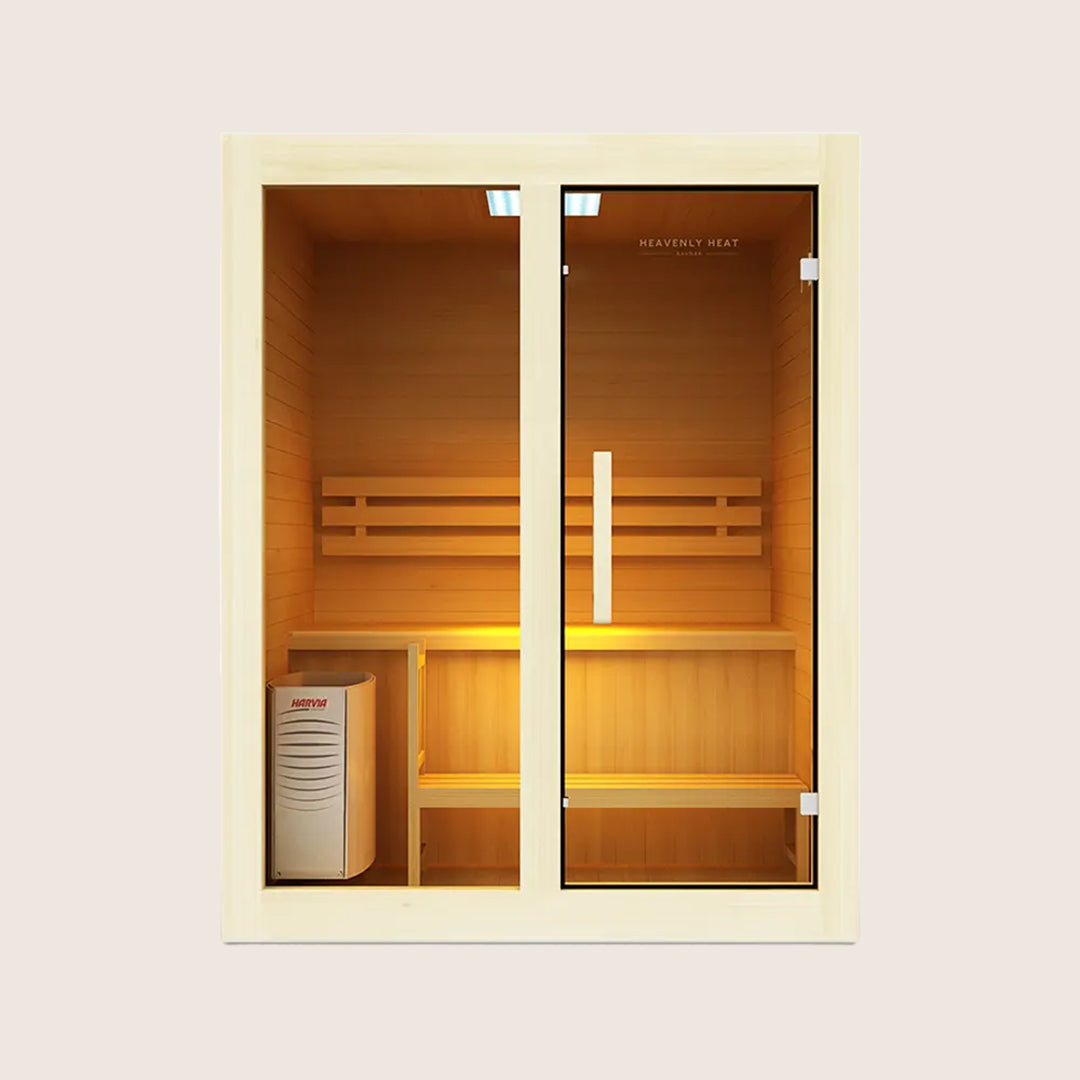Can a Hot Tub Kill Lice? Here’s the Answer

Itching scalp, stubborn nits, and red sores, lice are more than just a nuisance, they’re relentless invaders that disrupt daily life.
Left untreated, they spread quickly, cause infections, and drain confidence. Many wonder: could relaxing in a hot tub be the secret weapon to kill them? Let’s uncover the truth and finally answer this itchy question.
Key Takeaways
Hot Tubs Won’t Kill Lice: The heat and chlorine in a hot tub are not enough to eliminate lice or their eggs.
Use Proven Treatments: Stick with medicated shampoos, fine-toothed combing, or natural remedies like tea tree oil for effective lice removal.
Hot Water Works on Items, Not Scalp: Washing bedding, clothing, and towels in 130°F water kills lice safely, never apply directly to your head.
Prevent Lice Spread in Pools: Shower before and after swimming, avoid head-to-head contact, and keep personal items separate.
UV Light Shows Promise, But Evidence Is Limited: Traditional lice treatments remain the most reliable option while UV methods are still experimental.
What is lice?
Lice are small insects that live on the scalp and feed on blood, causing itching. Signs include tiny white eggs on hair, scratch marks, and sometimes redness.
They spread through close contact or sharing items like combs or hats. Itching happens because the body reacts to proteins in lice saliva.
Lice are contagious but don’t spread disease, and knowing their life cycle helps treat and prevent them.

Can a Hot Tub Kill Lice?
It might sound reasonable to think a hot tub could wipe out head lice, but the CDC makes it clear this isn’t true.
To actually kill lice and their eggs, water must reach about 130°F and stay there for five minutes.
That kind of heat isn’t safe for the scalp, especially for children, so it’s not a practical option. The CDC also explains that lice can survive underwater for several hours, meaning even long soaks won’t get rid of them.
And while many assume chlorine might help, experts confirm that the levels found in swimming pools, hot tubs, or splash pads do not kill head lice.
So while a hot tub may be great for relaxation, it won’t treat an infestation. Instead, both dermatologists and CDC guidelines recommend sticking with proven methods, such as medicated shampoos and fine-toothed combing, rather than relying on heat, water, or chlorine.
How Hot Water Affects Lice?
Hot water is a proven and practical way to kill head lice and their eggs (nits) when handled the right way.
Experts, including the CDC, note that bedding, clothing, and towels should be washed in water that reaches at least 130°F (54.4°C) and held at this temperature for several minutes.
Once washed, running items through a high-heat dryer cycle adds extra assurance that both lice and nits are fully destroyed.
Everyday hair tools, like combs, brushes, and clips, should also be soaked in hot, soapy water for 5–10 minutes to remove lingering lice.
Cleaning doesn’t have to cover the entire home; professionals emphasize that only items used within the last 48 hours by the infested person need attention.
For things that can’t be machine-washed, sealing them in a plastic bag for two weeks or freezing them for 10 hours at 5°F works just as well.
While hot water is a safe method for disinfecting objects, it should never be applied directly to a person’s head or skin, as the risk of burns is high.
How to prevent Lice Spread in Pools and Hot Tubs
Keeping Pools and Hot Tubs Clean: Regularly clean and disinfect water and surfaces to reduce the chance of lice spreading.
Showering Before and After Swimming: Rinse off thoroughly before entering and after leaving the pool or hot tub to remove any lice or eggs.
Avoiding Head-to-Head Contact: Minimize direct head contact while swimming to prevent lice from transferring.
Managing Personal Items Properly: Keep towels, swim caps, and hairbrushes separate to avoid sharing lice.
Responding Quickly to Lice Cases: If someone has lice, act immediately by treating affected individuals and disinfecting any shared spaces or items.
Alternative Non-Toxic Lice Treatments to kill lice
Tea Tree and Lavender Oils Can Kill Lice Naturally
Tea tree oil fights lice by breaking through their outer shell, shutting down their nerves, and making it impossible for them to survive.
When you mix it with lavender oil, the combo works even better while staying gentle on your scalp.
In fact, a study in BMC Dermatology showed that tea tree and lavender oils got rid of lice in 97.6% of people, pretty powerful proof of nature’s strength.

Coconut Oil and Vinegar Help Smother and Remove Lice
Coconut oil covers the scalp and hair, cutting off the lice’s air supply and making it hard for them to move.
Vinegar breaks down the glue that lice use to stick their eggs to the hair, so you can comb them out more easily.
When you use them together, you get a safe and natural way to fight lice without harsh chemicals.
In fact, a study in the International Journal of Infectious Diseases showed that a mix of coconut milk and vinegar cleared up 99% of lice cases in just two weeks, working almost the same as chemical treatments but at a much lower cost.
Using a Fine-Toothed Comb Removes Lice and Nits Effectively
A fine-toothed lice comb removes lice and nits safely and effectively. Its close-set teeth catch lice and eggs as you slide it through the hair.
Comb wet hair section by section for best results. Combing alone may not kill all lice instantly, but repeated sessions over several days can clear an infestation.
Fine-toothed combs are safe for children, and a slow, methodical technique helps remove lice and nits without hurting the scalp.
Herbal Shampoos Can Treat Lice Without Side Effects
Herbal shampoos kill lice in a natural way by breaking down their outer layer and blocking their ability to breathe, which makes them die quickly without harming your scalp.
They work gently but powerfully, unlike chemical shampoos that often cause irritation. For example, according to Springer Nature, a study in Thailand tested herbal shampoos made from local plants and found they wiped out 100% of lice in just 15 minutes, while chemical options only partly worked. This shows herbal shampoos give safe, fast, and side-effect-free results.
FAQ
Can Chlorine or Pool Water Kill Lice?
It’s a common question: can a swim in the pool help get rid of head lice? The answer is no. Research shows that lice are tough little creatures that can shut down their bodies for long stretches, allowing them to survive underwater. Chlorine, the main chemical used to keep pools clean, does not kill lice or their eggs (nits). In fact, studies reveal that lice can live under water for hours. The Centers for Disease Control and Prevention (CDC) explains that lice cling firmly to hair and rarely let go, even when fully submerged. In one experiment, lice were placed in chlorinated water for 20 minutes, they looked stunned at first but bounced back less than a minute after being removed. Because of these findings, health experts, including the CDC and the American Academy of Pediatrics, agree that swimming is not an effective lice treatment. The good news, though, is that while lice can survive the water, it’s very unlikely they’ll spread through swimming pools.
Can UV Light or Other Treatments Kill Lice?
Recent research suggests that UV light may help in killing head lice and their eggs. Since lice thrive in warm, protected environments, direct UV exposure could disrupt their ability to survive, making it an appealing idea. Still, the question remains: how does it perform compared to standard treatments? Findings reported in the Journal of Arthropod-Borne Diseases shed light on this. In one study involving 179 participants, WHO-recommended pediculicides, permethrin shampoo, dimethicone lotion, and ivermectin lotion were tested. The results showed permethrin cleared 79.5% of infestations, dimethicone 83%, and ivermectin 90.6%, with no major differences between them. This highlights that conventional treatments remain very effective. By contrast, UV light, though promising in early studies, has not yet undergone the same level of rigorous testing. Regarding safety, controlled UV tests are generally safe for the scalp and skin, though people with high light sensitivity may experience mild, temporary rashes. In short, UV light could become a valuable option in the future, but right now, treatments backed by clinical evidence remain the most dependable choice.


